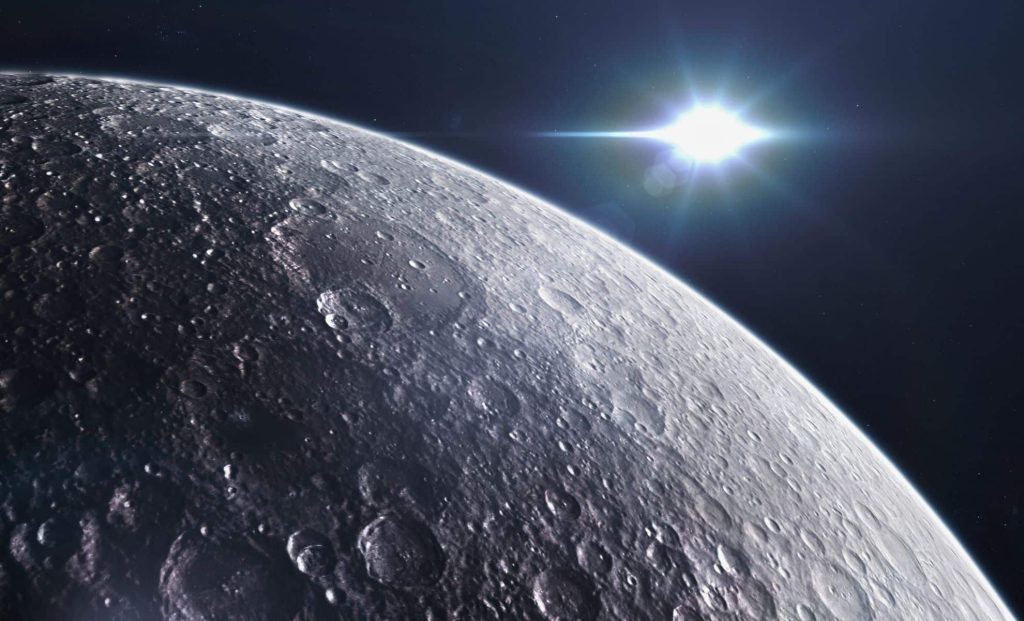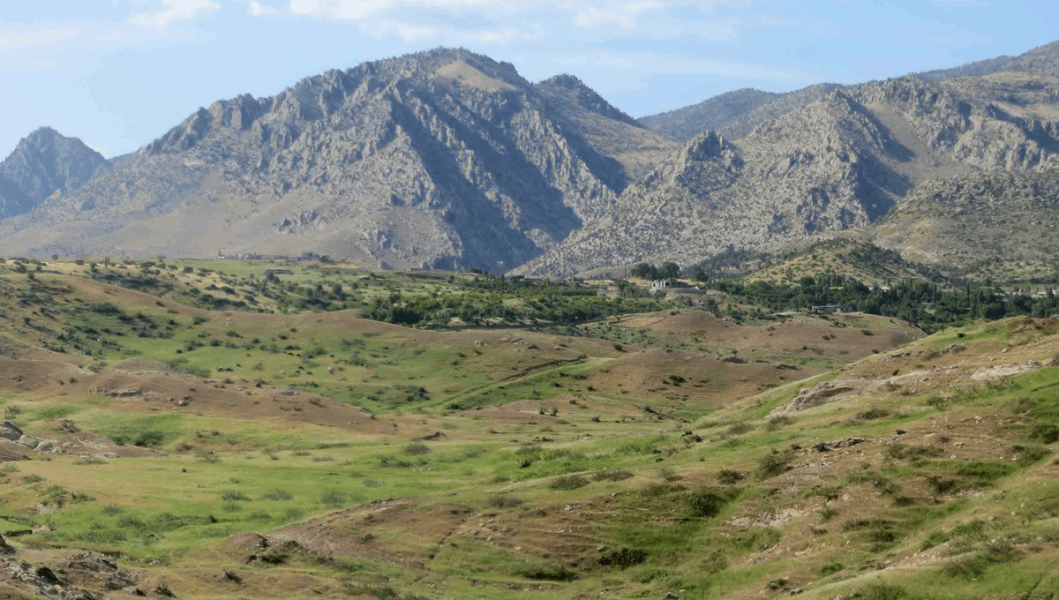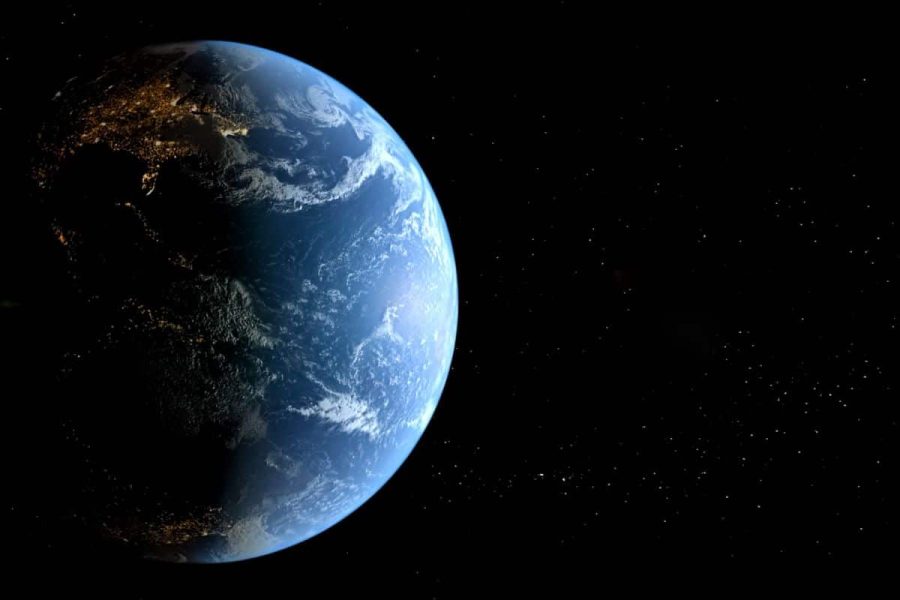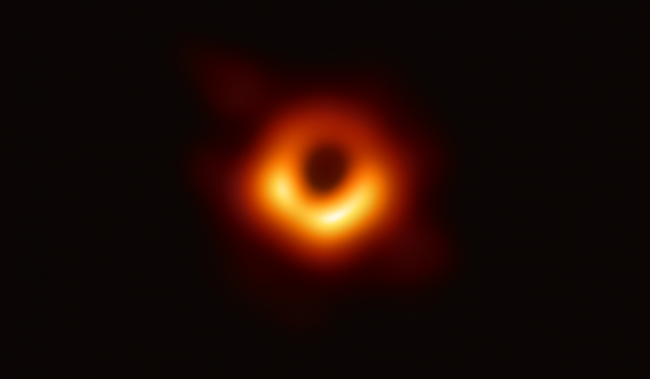Scientists Uncover Stunning Evidence That the Moon Was Active Much More Recently Than We Thought – The Daily Galaxy –Great Discoveries Channel

For decades, scientists believed the Moon’s surface had been frozen in time for billions of years—but a shocking new discovery suggests otherwise. A recent study has uncovered signs of tectonic activity as recently as 14 million years ago, hinting that the Moon is still evolving today. Researchers identified hundreds of small ridges that appear to have formed after major impact craters, proving that the Moon’s surface is far more dynamic than previously thought. The Moon has long been considered a geologically dead world, its surface frozen in time for billions of years. However, a new study has revealed that the Moon was active much more recently than previously believed—perhaps as little as 14 million years ago. While that may seem ancient by human standards, it’s practically a geological blink of an eye for a celestial body that is 4.5 billion years old.Scientists from the University of Maryland (UMD) used advanced mapping techniques and imaging data to uncover 266 small ridges on the Moon’s far side—previously undocumented features that suggest recent tectonic activity. These ridges, which appear in and around the Moon’s lunar maria (vast plains of hardened volcanic basalt), may have formed as the Moon continued to contract and cool over time.The discovery challenges the long-held assumption that most lunar geological activity ended billions of years ago and suggests that the Moon’s surface is more dynamic than we ever imagined. It also raises intriguing questions about how tectonic processes work on airless, slowly cooling worlds, which could provide insights for future Moon missions and planetary exploration.Traditionally, scientists have believed that the Moon’s tectonic and volcanic activity ceased about 2 to 3 billion years ago, as its molten interior cooled and solidified. However, the recent study shows that this cooling process may have continued to produce tectonic movement for much longer than expected.“Many scientists believe that most of the Moon’s geological movements happened two and a half, maybe three billion years ago,” explains Jaclyn Clark, a geologist at UMD. “But we’re seeing that these tectonic landforms have been recently active in the last billion years and may still be active today. These small mare ridges seem to have formed within the last 200 million years or so, which is relatively recent considering the Moon’s timescale.”The discovery is based on detailed analysis of impact craters and ridges. Researchers observed that some ridges cut across craters that formed within the past 200 million years—clear evidence that tectonic activity occurred after the craters were created.The small ridges found on the Moon’s far side provide clues about how the Moon’s crust continues to shift as it contracts and cools. The process is somewhat similar to how a grape wrinkles as it dries into a raisin—except on a much larger scale.By carefully mapping these ridges, researchers noticed they tend to cluster around and intersect lunar maria—the dark patches on the Moon’s surface that were once ancient lava flows. Scientists believe these maria were formed by massive asteroid impacts that triggered lava upwelling from the Moon’s interior billions of years ago.The fact that ridges cut through some of these impact craters suggests that the Moon’s surface has continued to shift after these major impacts occurred. “Essentially, the more craters a surface has, the older it is; the surface has had more time to accumulate more craters,” Clark explained. “After counting the craters around these small ridges and seeing that some of the ridges cut through existing impact craters, we believe these landforms were tectonically active in the last 160 million years.”One of the most striking findings was evidence of ridges crossing craters formed just 14 million years ago—making them the youngest signs of lunar tectonic activity ever recorded.The idea that the Moon is still geologically active—or at least was until relatively recently—has major implications for future lunar exploration. If the surface is still shifting, it could impact:Even though the Moon lacks active plate tectonics like Earth, this discovery proves it is not as static as previously assumed.For centuries, the Moon was thought to be a dead world, frozen in time for billions of years. However, new evidence suggests that its surface has been shifting, cracking, and evolving far more recently than expected.While the idea of a still-active Moon remains controversial, this research provides the strongest evidence yet that the lunar crust has continued to deform well into the recent past—and possibly even today. As scientists continue to explore the Moon’s geology, they may uncover even more clues about the hidden forces shaping our nearest celestial neighbor.With NASA’s Artemis program set to send humans back to the Moon, future missions could directly investigate these active features, bringing us closer than ever to understanding the Moon’s true nature.Got a reaction? Share your thoughts in the commentsEnjoyed this article? Subscribe to our free newsletter for engaging stories, exclusive content, and the latest news.Comment Save my name, email, and website in this browser for the next time I comment.
© 2024 | Daily Galaxy | All rights reserved
Source: https://dailygalaxy.com/2025/01/scientists-evidence-the-moon-was-active/






